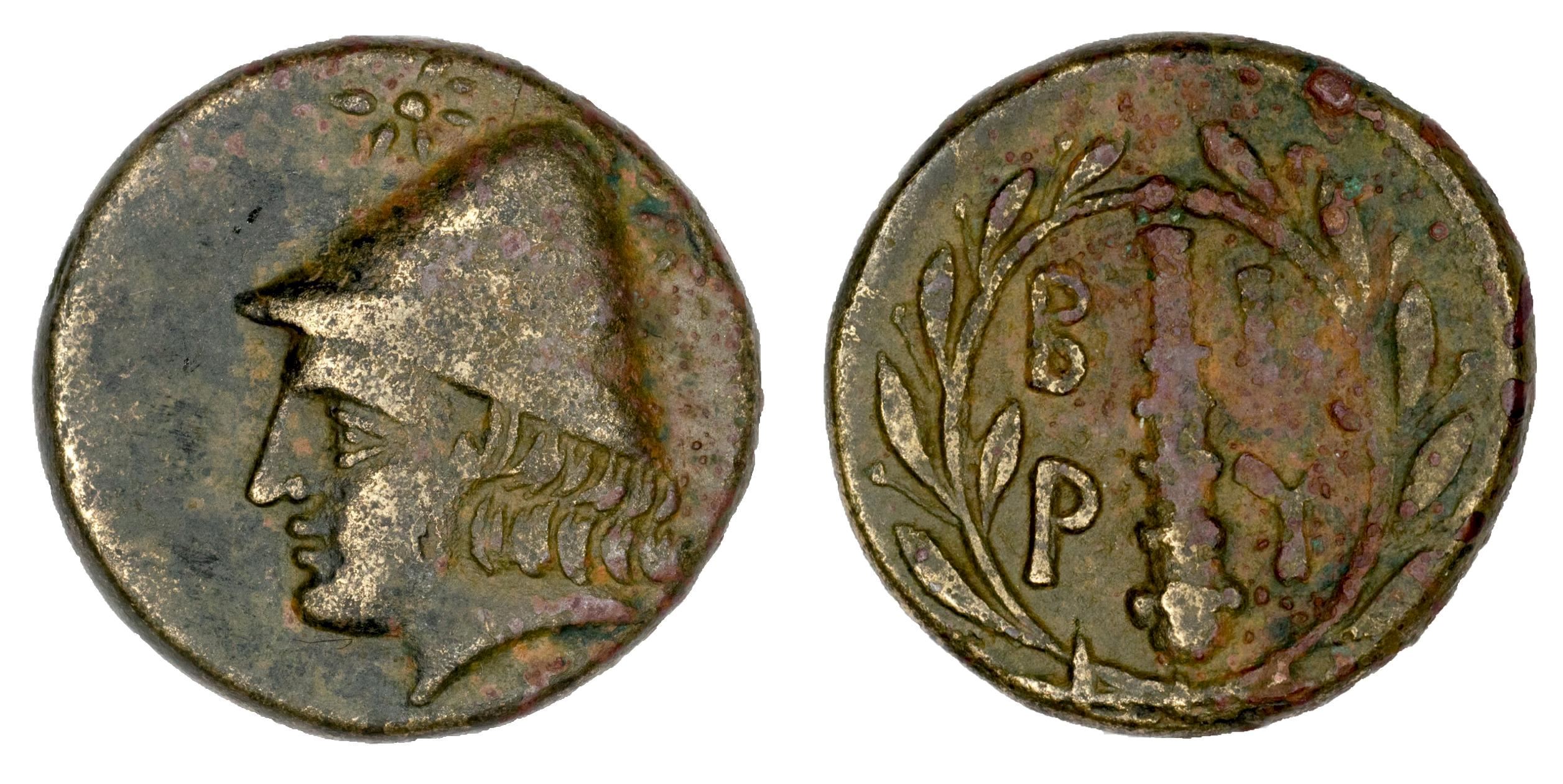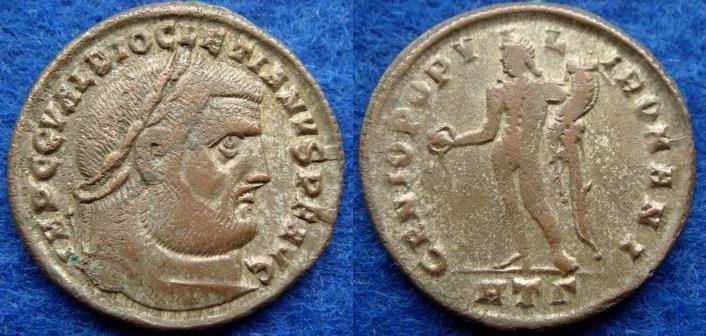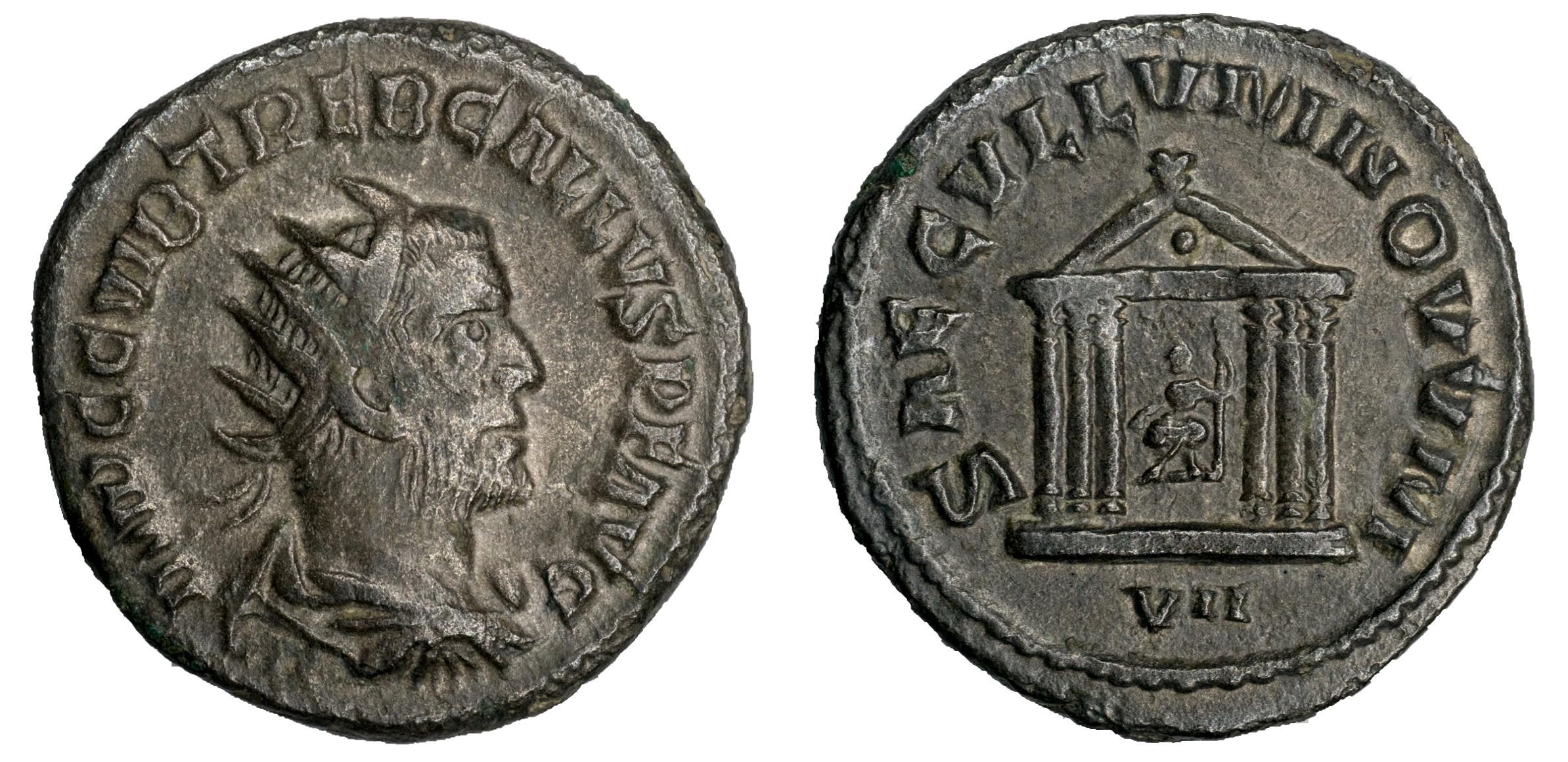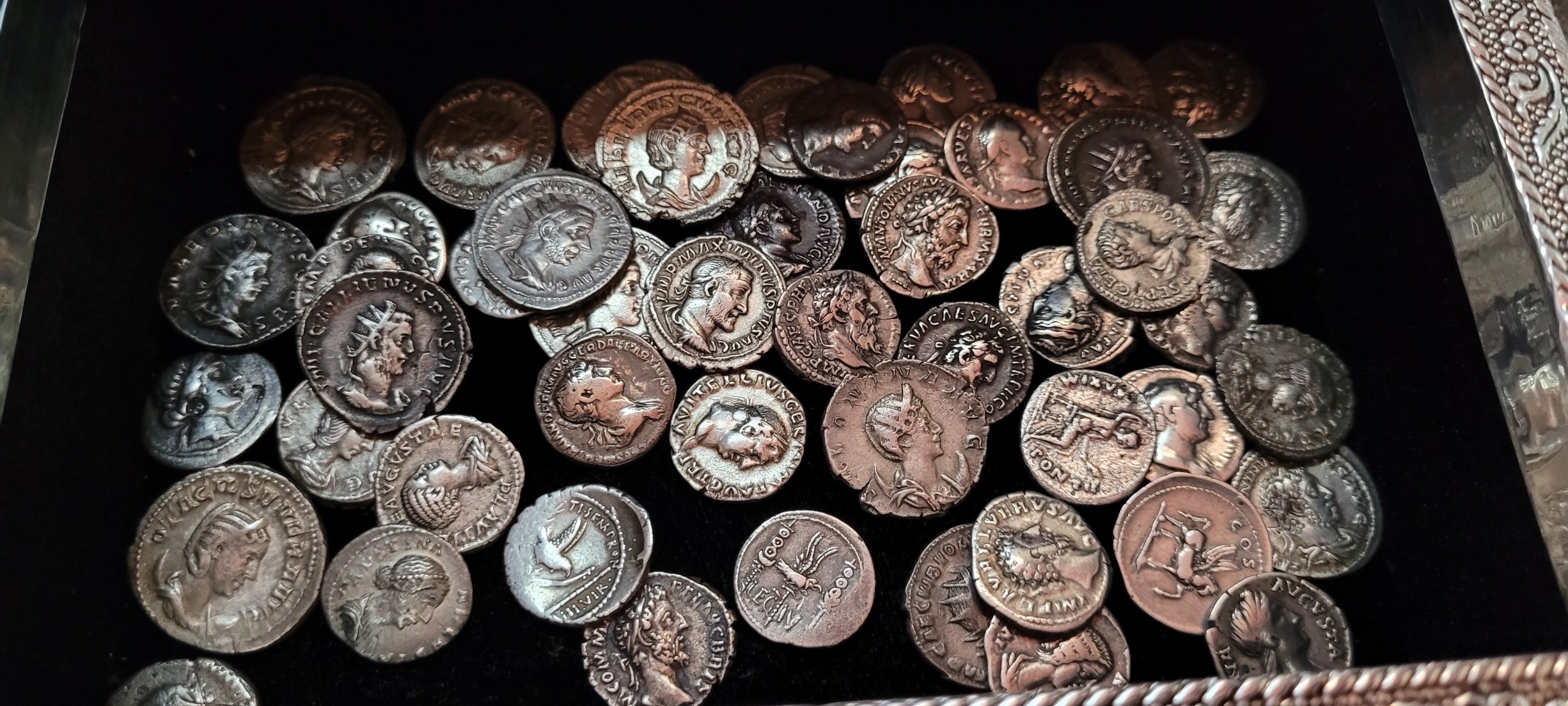Sappho from Mytilene on Lesbos is probably best known for giving her name to being a lesbian, but in fact wrote not (only) about love between women, but about love in general. In these fragments about the love of a young man, Atthis.
On Love and Desire (fragments)
I
…..You burn me…..
II
Remembering those things
We did in our youth…
…Many, beautiful things…
III
…Again and again…because those
I care for best, do me
Most harm…
IV
You came, and I was mad for you
And you cooled my mind that burned with longing…
V
Once long ago I loved you, Atthis,
A little graceless child you seemed to me
VI
Nightingale, herald of spring
With a voice of longing….
VII
Eros, again now, the loosener of limbs troubles me,
Bittersweet, sly, uncontrollable creature….
VII
………..but you have forgotten me…
VIII
You and my servant Eros….
IX
Like the sweet-apple reddening high on the branch,
High on the highest, the apple-pickers forgot,
Or not forgotten, but one they couldn’t reach…
X
Neither for me the honey
Nor the honeybee…
XI
Come from heaven, wrapped in a purple cloak…
XII
Of all the stars, the loveliest…
XIII
I spoke to you, Aphrodite, in a dream….
XIV
Yet I am not one who takes joy in wounding,
Mine is a quiet mind….
XV
Like the mountain hyacinth, the purple flower
That shepherds trample to the ground…
XVI
Dear mother, I cannot work the loom
Filled, by Aphrodite, with love for a slender boy…
The verse measure - the Sapphic stanza - consists of three 11-syllable verses of dactyls (long-short-short) and trochees (short-long) followed by a short five-syllable final verse. What greater honor can there be for a poet than to have a type of verse named after you?
She was one of the 9 poets who were studied in the classical academies for almost 1000 years. Plato, who lived 200 years after Sappho, called her 'the tenth muse', and Horace - 500 years after her death - considered her almost divine.
The poet Catullus, who is still read in our time, became widely famous for his translations of Sappho's poems. Unfortunately for all of us, the vast majority have been lost.
However, in the last 15 years more and more fragments of her poems are coming to light due to new technology for analyzing fragile papyrus fragments. New poems by Sappho are therefore periodically published - approximately 2600 years after they were written. Isn't it wonderful how her poetry can create an emotional connection to a woman who lived before the Romans even got out of bed?
The Coin
The coin is a silver Diobol struck 400-350 BC in Mytilene. 10mm, 1.31g.
Obverse: Laureate head of Apollo right
Reverse: MYTI. Head of Aphrodite or Sappho right; uncertain symbol to left; all within incuse circle
Personally, I find it appropriate that we do not know whether the reverse features one of the greatest love poets of all time - or the god of love she usually invokes in her poems.














